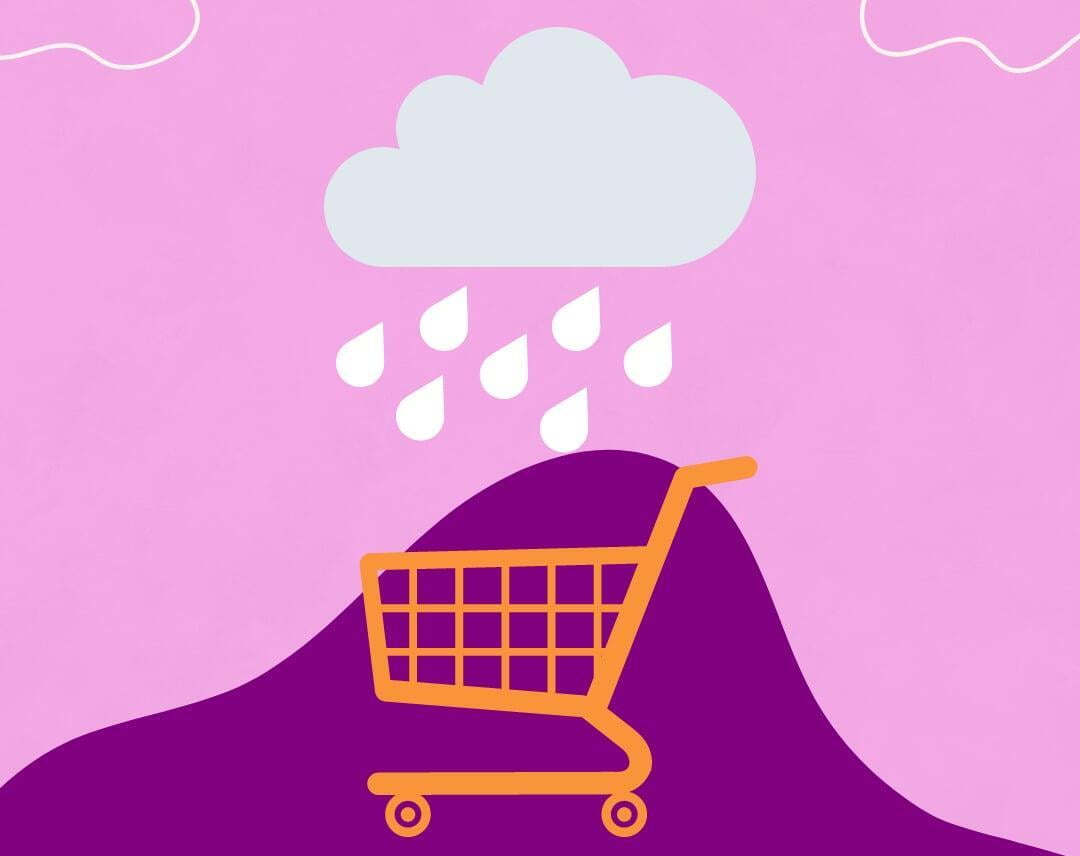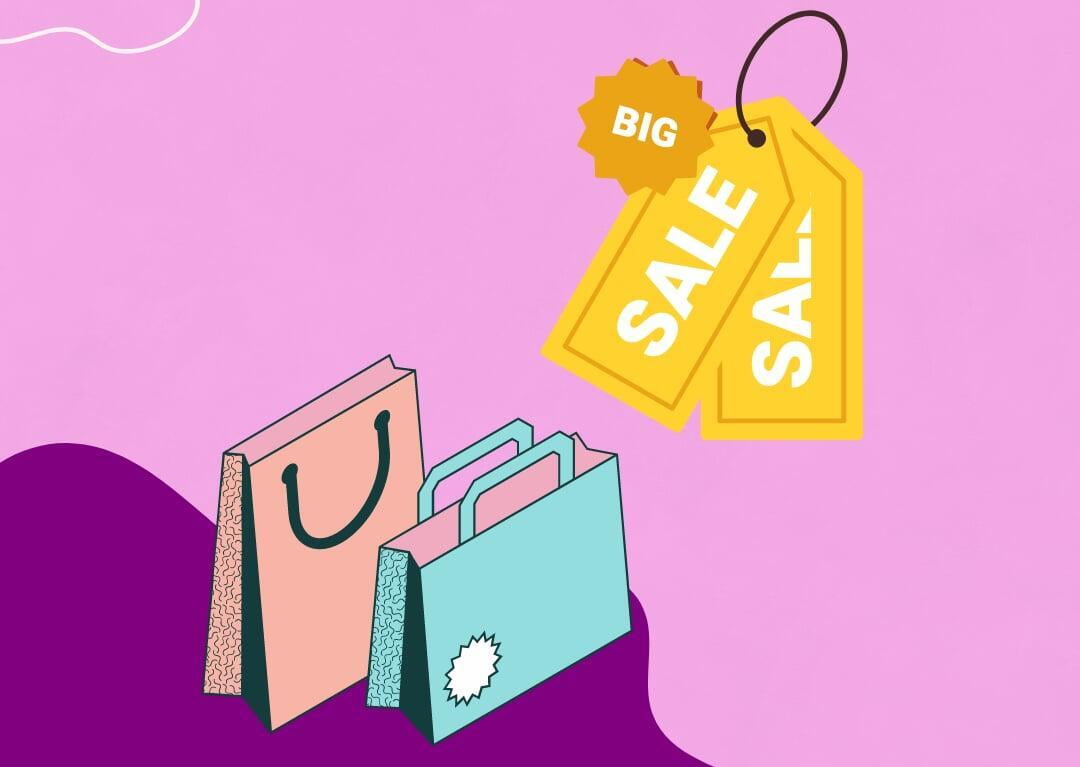According to Shopify online jewelry shops have an average cart abandonment rate of around 70%. This is a high number, and it sounds like bad news for any shop. It is most likely a problem that your shop has been facing as well.
E-commerce stores lose $18 billion in sales revenue each year because of cart abandonment.
Online shoppers have developed shopping habits based on the fact that they can choose to buy from different shops, they can add products to their carts, compare them and then change their minds. Usually, this behavior is driven by the fact that shoppers are looking for a good bargain.
§1. The bargain mindset: why shoppers abandon their carts
Why is cart abandonment an issue for your shop? This metric shows that your shoppers find your products interesting enough to take them into consideration, but they decide on buying from somewhere else.
§1.1 The psychology of cart abandonment
Several factors contribute to high cart abandonment rates, but one of the most important ones is the bargain shopping mindset. Essentially, your shoppers are hunting for bargains: they are comparing prices and choosing the lowest one.

A Shopify cart abandonment study indicates that 41% of shopping cart abandonment is caused by the shopper feeling that a product’s price is too high. Research indicates that the shoppers are expecting to be offered coupons and discounts during the checkout process. When that does not happen, they start looking around.
§1.2 The main reason for price hunting
So where is this bargain mindset coming from? The short answer is that shoppers want to save money. They will choose to hunt for a bargain because they already know that oftentimes they can find similar mass-produced jewelry in other shops. Their hope is that they will find the same thing in another shop at a lower price.

Prices for the same items may vary, due to:
Sales promotions - like Black Friday events, promotions, or end-of-season sales;
Sales volumes - shops that sell large volumes can sell at lower prices, as they can work with lower margins.
These price differences are both real, and well-understood by both shops and shoppers. As such, shoppers often search for lower prices before making the final purchase decision.
Would you like to find out more about how personalized jewelry can help your online shop?
§2. Why it’s difficult to overcome shopping cart abandonment
In order to meet shoppers’ expectations in terms of price, shops may feel obliged to offer regular discounts and promotions or to lower their end-price as much as reasonably possible. These decisions depend on a shop’s ability to handle the following 3 challenges
Your shop has a better chance to optimize these KPIs when it benefits from an economy of scale. You need to have a sales volume large enough to manage the fixed costs inherent in all your shop’s operations.
An economy of scale facilitates good organic acquisition, better supplier deals (as you are buying large volumes) and higher cross-selling (thanks to having large product catalogs). Additionally, you can operate on smaller profit margins - which gives you more options with promotions and discounts.
§3. From “add to basket” to checkout with personalized jewelry
But there is a different approach that you can take. Instead of lowering your prices and creating frequent promotions for your mass-produced jewelry, you can tackle the challenge from a completely different angle.
The solution is to go beyond mass-produced designs and offer truly personalized jewelry. This way you can offer each shopper a unique piece of jewelry that he cannot find in other shops.
36% of shoppers have expressed an interest in purchasing personalized products.
The Deloitte Consumer Review study indicates that 36% of shoppers have expressed an interest in purchasing personalized products. Additionally, 1 out of 5 consumers is willing to pay at least 20% more for a personalized product.
1 out of 5 consumers is willing to pay at least 20% more for a personalized product.
This bargain mindset is no longer an issue when it comes to personalized jewelry. In this case, the product cannot be found elsewhere. It is unique and since the shopper was part of the personalization process, that unique design also involves an emotional investment. The chosen personalized item reflects the shopper’s style and feelings.
From your shop’s perspective, personalized jewelry can help you overcome the challenge of a bargain mindset. But it can also help you build a loyal base of customers - if a shopper likes a design created on your website, he will come back to buy the same item from your shop.
Would you like to find out more about how personalized jewelry can help your online shop?